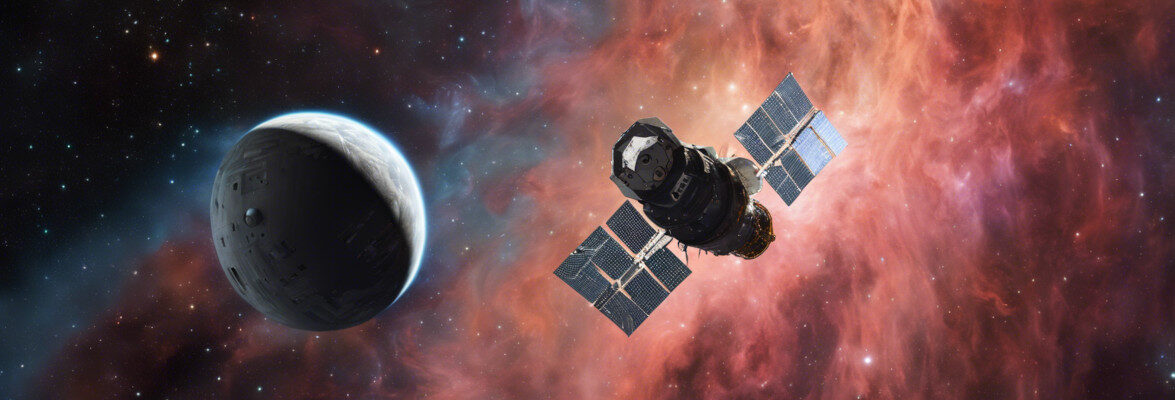
A galaxy merger observed that generated a quenching galaxy with a tidal tail
An article published in “The Astrophysical Journal Letters” reports a study on the galaxy SDSS J1448+1010. A team of researchers used the ALMA radio telescope, the Hubble Space Telescope, and other instruments to examine it and found that no more stars are forming inside it. After analyzing the observations collected, they concluded that this is due to the fact that SDSS J1448+1010 is the result of a galaxy merger in which a large part of the hydrogen that forms the stars was ejected as a result of the gravitational effects suffered in the course of that event. In fact, the researchers discovered what was defined as a tidal tail formed by the ejected materials, which also include stars.





